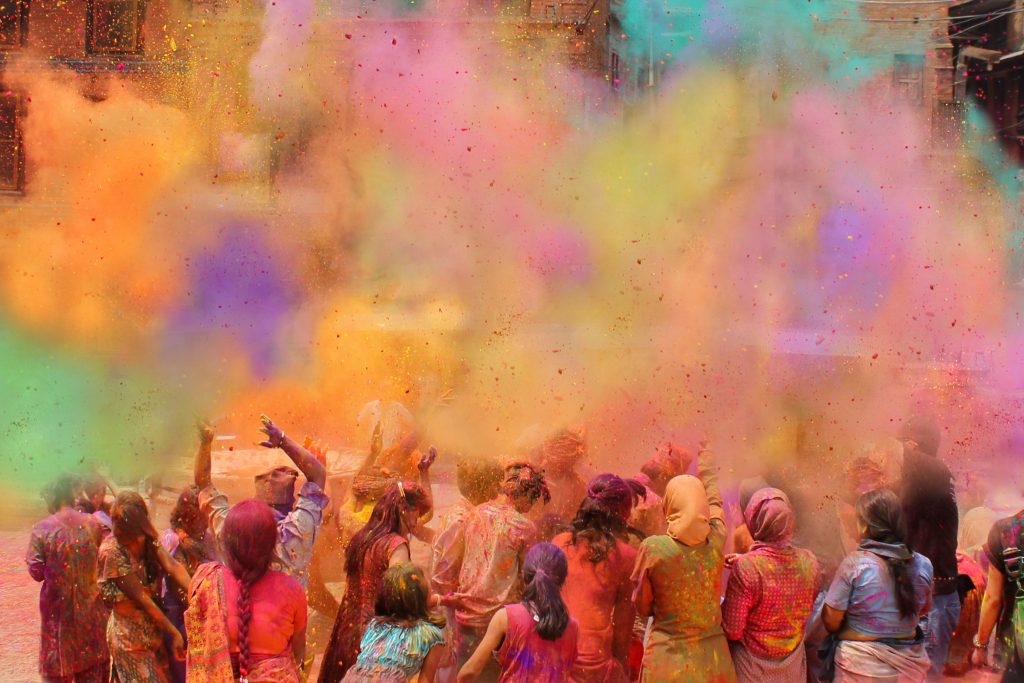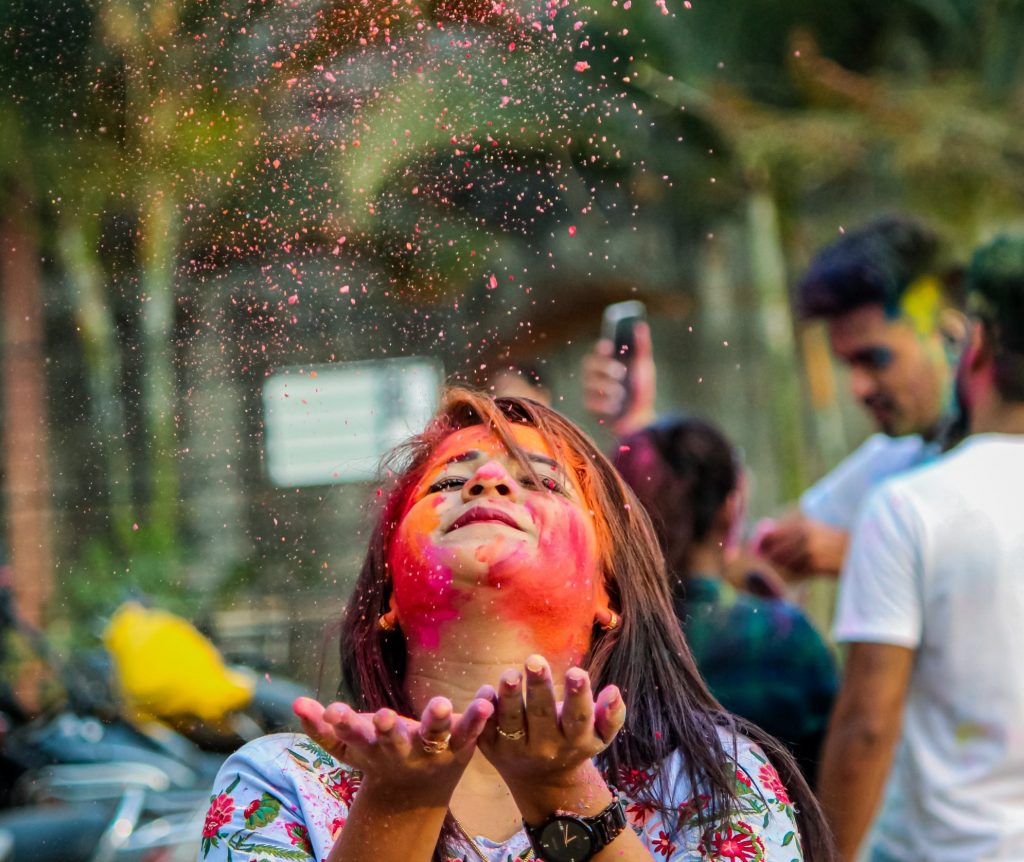Holi, the festival of colors, holds great significance in Indian culture and is celebrated with enthusiasm and joy across the country. This ancient Hindu festival marks the arrival of spring and is a time for people to come together, forget differences, and revel in the spirit of unity. Let’s explore the deep-rooted cultural significance of Holi and the traditions associated with this exuberant festival.

- Welcoming Spring: Holi is celebrated as a way to bid farewell to winter and welcome the arrival of spring. It symbolizes the triumph of good over evil, light over darkness, and the renewal of life. The festival’s vibrant colors and joyful atmosphere reflect the blossoming of nature and the promise of new beginnings.
- The Legend of Holika and Prahlada: Holi is also associated with several mythological tales, the most famous being the legend of Holika and Prahlada. It commemorates the victory of Prahlada, a devotee of Lord Vishnu, over the evil Holika. The story symbolizes the triumph of devotion, righteousness, and the ultimate victory of good over evil.
- Celebrating Unity and Brotherhood: Holi transcends social barriers and brings people from all walks of life together. During the festivities, people play with colored powders and water, smearing each other’s faces, dancing, and singing joyous songs. The act of applying colors to one another signifies the breaking down of barriers, fostering unity, and promoting a sense of brotherhood and equality.
- Festive Rituals and Traditions: Holi is marked by various rituals and traditions that vary across different regions of India. One of the most popular traditions is the lighting of bonfires on the eve of Holi, known as Holika Dahan. It symbolizes the triumph of good over evil and is accompanied by singing, dancing, and storytelling.
- Joyous Celebrations: Holi is a time of joy and celebration, where people come together to indulge in feasts, sweets, and traditional delicacies. Special dishes like gujiya (a sweet dumpling), thandai (a spiced milk-based drink), and various savory snacks are prepared and shared among family and friends. Music, dance, and cultural performances add to the festive spirit.
- Colorful Expressions of Love and Happiness: Holi is known for its exuberant use of colors, which holds a deeper meaning beyond the joyous splashing of hues. It is a celebration of love, happiness, and the vibrant diversity of life. The colors represent the multitude of emotions and experiences that make up the human existence, spreading a message of harmony and inclusivity.
Holi is not just a festival; it is a celebration of life itself. It brings communities together, strengthens relationships, and fills the air with laughter and cheer. As the colors are smeared, differences dissolve, and a sense of oneness prevails. It is a time to forgive and forget, to mend broken bonds, and to embrace the beauty of diversity.
When celebrating Holi, it is important to respect others’ boundaries, use safe and eco-friendly colors, and ensure the well-being of everyone involved. Let us embrace the spirit of Holi, appreciate the cultural significance it holds, and cherish the joyous moments it brings as we immerse ourselves in this vibrant festival of colors.


